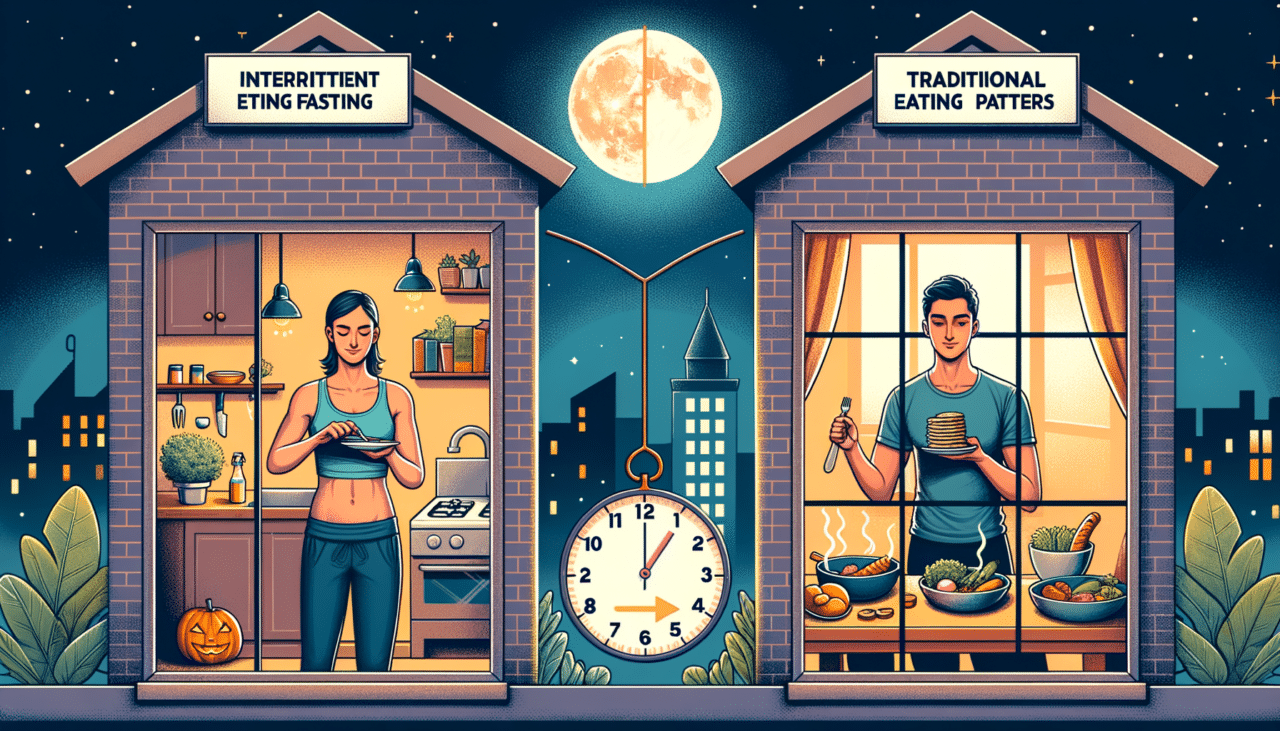In recent years, the debate between intermittent fasting and traditional eating patterns has captivated health enthusiasts and researchers alike. Both approaches offer unique benefits and challenges, leaving many wondering which is the best fit for their lifestyle and health goals. This article delves into the characteristics of each eating style, providing an in-depth comparison to help you make an informed decision.
Understanding Intermittent Fasting
Intermittent fasting (IF) is an eating pattern that cycles between periods of fasting and eating. Rather than focusing on what you eat, IF emphasizes when you eat. There are several popular methods of intermittent fasting, including the 16/8 method, the 5:2 diet, and the eat-stop-eat approach. Each has its unique schedule, but all share the core principle of restricting food intake for a certain period.
Characteristics of Intermittent Fasting:
- Time-Restricted Eating: Involves designated fasting and eating periods, such as 16 hours of fasting with an 8-hour eating window.
- Caloric Control: Can lead to reduced overall calorie intake due to limited eating opportunities.
- Flexibility: Allows for various methods that can be tailored to individual preferences and lifestyles.
- Potential Health Benefits: Research suggests possible benefits, including weight loss, improved metabolic health, and enhanced longevity.
- Adaptation Period: May require an adjustment period as the body adapts to new eating patterns.
Exploring Traditional Eating Patterns
Traditional eating patterns are characterized by regular meals and snacks throughout the day, typically starting with breakfast and ending with dinner. This approach aligns with conventional dietary guidelines, which emphasize balanced meals and portion control.
Characteristics of Traditional Eating Patterns:
- Regular Meal Timing: Involves consuming three main meals (breakfast, lunch, dinner) with additional snacks in between.
- Nutritional Balance: Focuses on incorporating a variety of food groups to ensure a well-rounded diet.
- Steady Energy Levels: Provides consistent energy throughout the day by avoiding prolonged fasting periods.
- Social Flexibility: Aligns with social norms and eating occasions, making it easier for communal dining.
- Satiety Management: Regular meals help in managing hunger and preventing overeating.
Comparative Table: Intermittent Fasting vs. Traditional Eating Patterns
| Feature | Intermittent Fasting | Traditional Eating Patterns |
|---|---|---|
| Meal Frequency | Fewer meals within a restricted time frame | Regular meals and snacks throughout the day |
| Calorie Intake | Often reduced due to limited eating windows | Balanced intake spread across meals |
| Metabolic Effects | May improve insulin sensitivity and metabolism | Supports stable blood sugar levels |
| Weight Management | Can aid in weight loss and fat reduction | Helps maintain healthy weight through portion control |
| Dietary Flexibility | Allows for personal customization | Follows conventional meal structure |
| Energy Levels | May experience fluctuations with fasting | Provides consistent energy |
| Social and Lifestyle Fit | Requires adjustment to social eating norms | Easily fits into social meal settings |
| Research and Evidence | Growing body of evidence supporting benefits | Long-established dietary guidelines |
Making the Choice: Which is Right for You?
Choosing between intermittent fasting and traditional eating patterns depends on your lifestyle, health goals, and personal preferences. If you are looking for a flexible approach to eating that may offer metabolic benefits and aid in weight loss, intermittent fasting might be worth exploring. However, if you prefer a structured routine that aligns with social norms and provides steady energy, traditional eating patterns could be the better option.
Ultimately, the best eating pattern is one that you can sustain long-term, supports your health goals, and fits seamlessly into your daily life. Consulting with a healthcare provider or nutritionist can also provide personalized guidance to help you make the best choice for your unique needs.
By understanding the characteristics and benefits of both intermittent fasting and traditional eating patterns, you can make an informed decision that aligns with your health journey. Remember, the key to a healthy lifestyle is finding a balanced approach that works for you.

Comments (0)
There are no comments here yet, you can be the first!